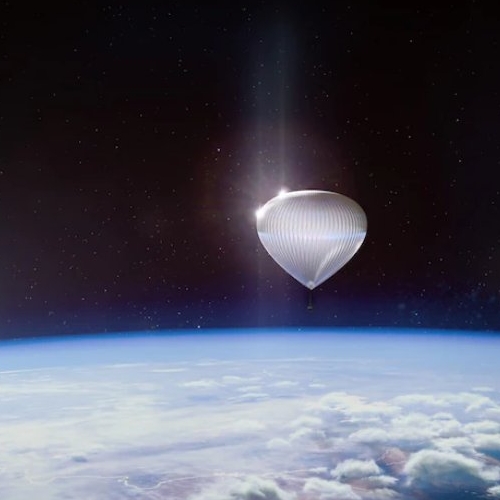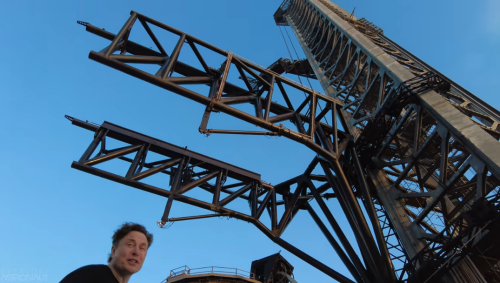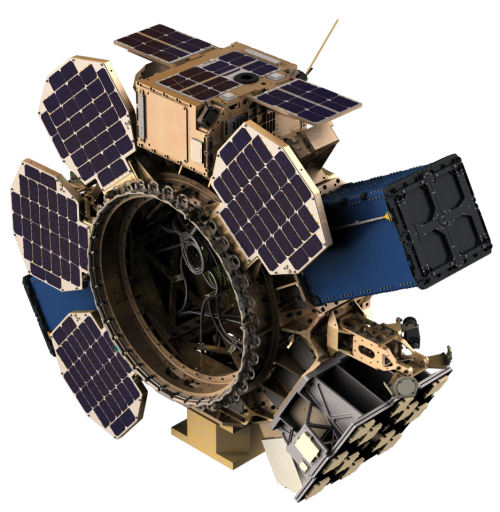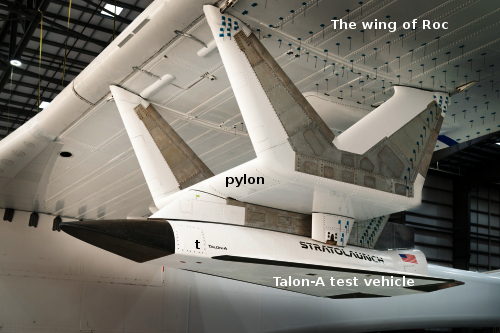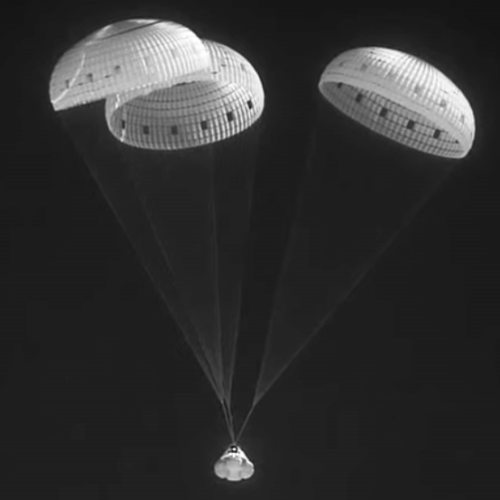Fuel leak scrubs launch of Dragon cargo capsule this week
A fuel leak detected during fueling of hydrazine in a Dragon cargo capsule as it was being prepared for a June 10th launch has forced SpaceX and NASA to delay the launch.
SpaceX detected “elevated vapor readings” of monomethyl hydrazine, or MMH, fuel in an “isolated region” of the Dragon spacecraft’s propulsion system during propellant loading ahead of this week’s launch, NASA said in a statement.
The fueling of the Dragon spacecraft is one of the final steps to prepare the capsule for flight, and typically occurs just before SpaceX moves the craft to the launch pad for integration with its Falcon 9 rocket.
The Dragon spacecraft has propellant tanks containing hydrazine fuel and nitrogen tetroxide oxidizer. The two propellants ignite upon contact with each other, providing an impulse for the cargo ship’s Draco thrusters used for in-orbit maneuvers.
Each Dragon spacecraft has 16 Draco thrusters, small rocket engines that generate about 90 pounds of thrust. The Draco engines are used for orbit adjustment burns and control the spacecraft’s approach to the space station, then fire at the end of the mission for a deorbit burn to guide the capsule back into the atmosphere for re-entry and splashdown.
According to the article, it is not yet confirmed that the leak came from the capsule. If so, however, it could become a more serious issue, especially with the recent story — denied strongly by NASA — that a hydrazine leak caused damage to the heat shield of Endeavour during the return of its Axiom commercial passenger flight.
A fuel leak detected during fueling of hydrazine in a Dragon cargo capsule as it was being prepared for a June 10th launch has forced SpaceX and NASA to delay the launch.
SpaceX detected “elevated vapor readings” of monomethyl hydrazine, or MMH, fuel in an “isolated region” of the Dragon spacecraft’s propulsion system during propellant loading ahead of this week’s launch, NASA said in a statement.
The fueling of the Dragon spacecraft is one of the final steps to prepare the capsule for flight, and typically occurs just before SpaceX moves the craft to the launch pad for integration with its Falcon 9 rocket.
The Dragon spacecraft has propellant tanks containing hydrazine fuel and nitrogen tetroxide oxidizer. The two propellants ignite upon contact with each other, providing an impulse for the cargo ship’s Draco thrusters used for in-orbit maneuvers.
Each Dragon spacecraft has 16 Draco thrusters, small rocket engines that generate about 90 pounds of thrust. The Draco engines are used for orbit adjustment burns and control the spacecraft’s approach to the space station, then fire at the end of the mission for a deorbit burn to guide the capsule back into the atmosphere for re-entry and splashdown.
According to the article, it is not yet confirmed that the leak came from the capsule. If so, however, it could become a more serious issue, especially with the recent story — denied strongly by NASA — that a hydrazine leak caused damage to the heat shield of Endeavour during the return of its Axiom commercial passenger flight.

